
How to remove scratches on plastic in the cabin?
Content
During operation, the motorist cares not only for the technical health of his car. A lot of time is spent on the beauty of a car - polishing the body, cleaning the interior, dust on the dashboard.
In the process of cleaning on the plastic elements of the torpedo, scratches are often detected. Where do they come from? How to get rid of them? That's what the experts say about this.
Types of Plastic Damage
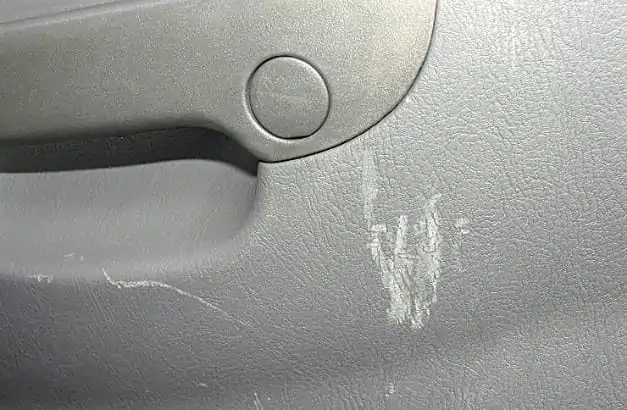
It is not possible to list all situations that affect the appearance of the panel. However, all its damage can be divided into four types.
- Scuffs. These are small stains that are easily masked by wet cleaning. When the surface dries, damage is noticeable again. They appear due to friction on objects with a denser structure, for example, a keychain. Using the wrong rags will also give such an effect over time.
- Scratches. They have a deeper structure. Appear due to inaccurate use of objects with sharp edges inside the cabin. For example, a screwdriver during interior repair.
- Chips. They are the most difficult to eliminate. It is better if the breakaway piece is preserved.
- Cracks. Appear due to hitting the panel. Sometimes they are almost invisible.
Basic Scratch Removal Methods
Given the nature of the damage, methods for their removal will be different. Each of the methods listed below is effective for its type of scratch.
All types of repair work are divided into two categories. The first fills the formed crack with a foreign substance. The second affects the structure of the plastic itself and deforms it.
Hair dryer

The first method that will help remove damage is surface treatment with a building hairdryer. A professional tool heats the air to the melting temperature of the plastic.
Before repair, the surface of the torpedo must be thoroughly cleaned of dust and stubborn dirt. At elevated temperatures, plastic deforms and retains heat. Therefore, to complete the procedure, it is important to immediately cool the treated area. Otherwise, this site will look even worse than it was before the repair.
Open fire
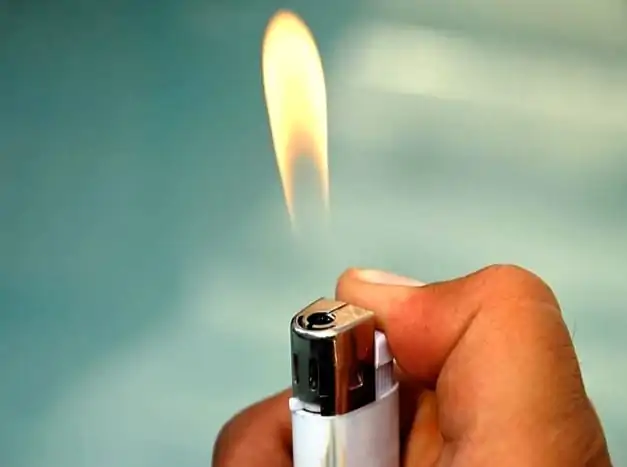
A similar principle is the removal of damage with open flame. It is suitable for emergency cases when there is no hairdryer at hand. The flame from the lighter is held along the damage and allowed to cool.
It is especially effective when chipping parts. The resulting emptiness can be repaired by heating a separated piece over the fire. Plastic elements with a homogeneous structure are firmly interconnected. And this does not need glue.
The procedure also requires accuracy. It is better to hold the breakaway part not with your fingers, but with tweezers. This will protect against burns. This procedure should be performed once. If the scratch is not immediately fixed, you should go to another method.
Polishing plastic
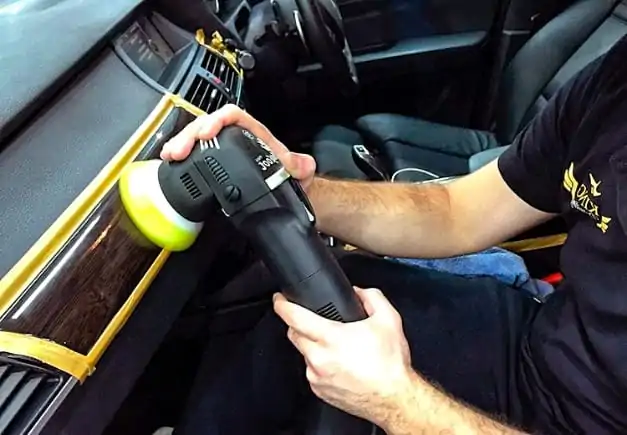
Minor scuffs and small scratches can be eliminated with a special polishing paste. Do not confuse body polishing agent and plastic interior parts. It is important to carefully read the composition of the paste. It should not contain large abrasives.
The cleaned area should be covered with a small amount of the agent, evenly distributing it over the treated area. After 5-10 minutes, when the paste is slightly dried, you can start polishing.
The work must be performed in circular motions with a small amplitude. So the voids formed will be completely filled. After the plaque disappears, the panel can be washed.
Pencil for plastic
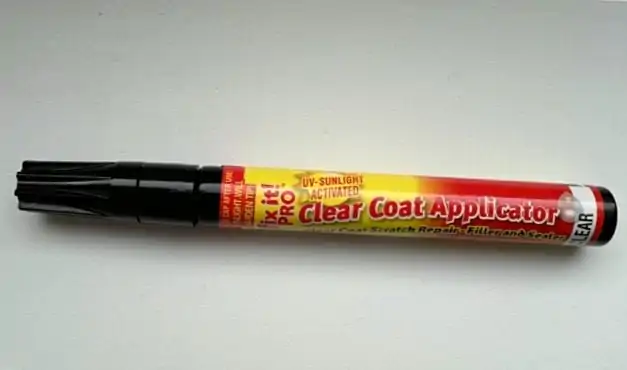
In contrast to the above methods, the use of a pencil for plastic is the safest. Its chemical composition does not alter the structure of plastics. The principle of operation is similar to the previous tool - it closes microcracks.
Recovery markers are filled with a liquid that solidifies and hardens upon contact with air. After application for damage, wait for the time indicated on the bottle. Then the excess funds are eliminated in a circular motion using microfiber.
Overhaul of plastic
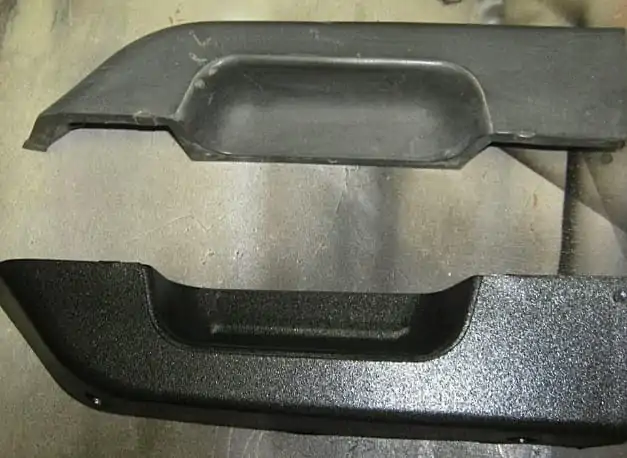
Do not expect that scratches can be dealt with only by the above methods. There are such damages that cannot be repaired with a standard remedy. In this case, a major overhaul is required. This is a painting.
This method is very laborious. To carry out repairs, all workpieces must be removed. If you need to eliminate deep defects, then before painting, you need to close them with putty.
It is important to use aerosols specially designed for working with plastic as a primer and base coat. Otherwise, due to the chemical reaction, the part will deteriorate and will have to be thrown away.
Car restorers
Restorers for automotive plastics are various gel-like substances and polishes that allow you to remove damage that has appeared during the process of repairing a product. After polishing, the part regains its original structure. This treatment is especially important for glossy surfaces.
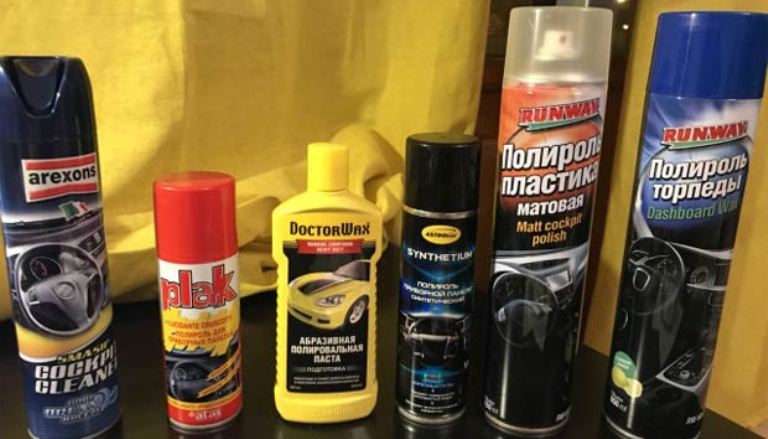
In the process of using polish or gel, it is necessary to use an abrasive cloth or grinder. When performing the procedure, it is necessary to ensure that the machine runs at minimum speed so that the plastic is not damaged by the high temperature. It is also worth remembering that these materials are not intended to remove minor scratches. To do this, you should use painting, which we will talk about a little later.
Work on scratches is carried out according to the following scheme:
- The product is cleaned of dirt (washed with special means for plastic processing);
- The surface is completely dried;
- Before processing, the part is degreased;
- The necessary product is applied;
- The part is polished with a grinder until a shine appears.
This technique is used to process glossy plastic - small scratches are removed.
How to remove scratches from a glossy surface correctly
One of the disadvantages of glossy plastic is that it quickly gets scratched and chipped. To eliminate these damage, you need to carry out repairs in the following sequence:
- Carry out wet cleaning in the interior of the car to minimize the spread of dust during the repair work;
- The damaged part is re-washed, dried and degreased;
- Scratches are cleaned with a grinder at low speeds;
- After processing, an abrasive paste or polish is applied and the surface is polished.
Overhaul of plastic
This procedure means work that allows you to completely hide all surface damage, after deep scratches have been filled with the appropriate material. This is the painting of plastic products. After completing this procedure, the surface of the product becomes as if it were a new part. In addition to completely restoring the product, the car owner can change the color of the surface. Thanks to this, you can change the style of the car's interior.
The disadvantage of overhaul is the need to completely dismantle all processed items. In the case of some machines, this is a rather troublesome procedure. But this is the only way to do the job accurately, without smearing the trim of the car's interior.
To dismantle a work piece, you must follow the manufacturer's instructions. Before painting, the part must be cleaned of dirt, and then washed with a plastic cleaner.
The next procedure is to sand the entire surface so that the paint adheres well to the part. The most important thing is that the surface of the product is not corrugated. In this case, sanding will fail. Fortunately, most car makers make car panels out of smooth plastic. For sanding, you can use a sander with the finest sandpaper. But the procedure can also be performed manually.
After the surface of the product is sanded (it should be processed evenly - without depressions), the part is primed. To do this, it will be more practical to use a primer from a spray can. Only a tool for working with plastic products is suitable, since ordinary paints enter into a chemical reaction with plastic and damage the product.
Two coats of primer are applied. Then the surface needs to be made with a matte structure. If there are dents and irregularities on the parts, they must be removed with a putty. The last step is finishing painting. Before applying it, it is necessary to remove dust from the surface of the product.
If desired, after painting, the part can be varnished. However, for some interior details, a high-gloss glossy finish is unacceptable, as it can create reflections that interfere with safe driving.
Here is a short video comparison of several plastic polish products:
Questions and answers:
How to polish plastic? It is better to choose a tool based on the recommendations of a master who has experience in performing such work. If there is no way to consult, then an excellent tool is GOI paste. It has 4 grains. Index 1 is for creating a glossy surface.
Plastic recovery agent. In addition to the GOI paste, which allows you to gently sand the damage, there are other means of restoration. This is a polish for plastic. This product can have a different composition. You need to choose an option based on the degree of damage.
The best plastic restorer. For black plastics, the SONAX Kunststoff Neu Schwarz is ideal. One of the most popular restorers for colored plastic is Lavr Polish & Restore Anti-Skratch E.
How to remove scratches on black plastic? The answer to this question directly depends on the nature of the damage. Do not process the scratch with abrasive materials, as they leave a whitish spot in the color of the scratch. Shallow damage is perfectly masked with a marker of a suitable color, as well as with a household hairdryer (when heated, a small scratch deforms a little and decreases in size). More significant damage can be filled in with a black pencil heat gun. In this case, it is better not to leave a lot of excess material, since after cutting it, the treated area can also stand out with a shade.
How to remove scratches from glossy plastic? If the plastic is colored, and the damage has not completely removed the decorative layer, then it is better to use a masking marker. Homogeneous glossy plastic is restored with GOI paste. Polishing can also help, but you must first treat the area with machine oil (apply a couple of drops to the scratch, and then polish using a soft fleecy cloth). Elimination of deep damage is carried out with a hair dryer (the maximum heating temperature should not exceed +300 degrees). The scratch gets hot. When performing the procedure, do not linger in one place so that the plastic does not melt. After heating, the area is left for about 20 minutes. if necessary, the plastic is treated with an appropriate dye.
One comment
Sergei
Where to buy such a pencil?